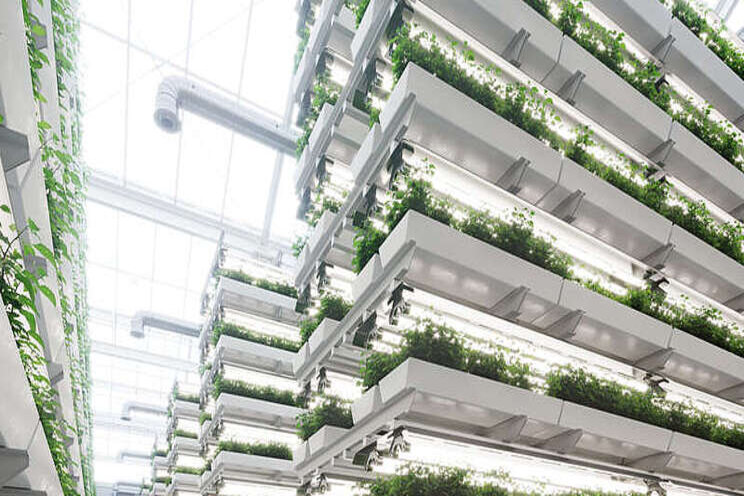Bowery raises $300M for indoor farming
Added on 24 June 2021

Bowery, a New York City-based vertical farming company, has just raised $300 million in a Series C round, bringing the valuation of this company to $2.3 billion.
Who is investing and why
Leading the Series C funding round for Bowery is Fidelity Management & Research Company. Other investors include GV (which used to be called Google Ventures), General Catalyst, GGV Capital, Temasek, and Groupe Artemis. Some celebrities also contributed: Justin Timberlake and Natalie Portman, among others.
These investors see the potential in the industry as a whole and in Bowery in particular. Bowery was one of the winners during the coronavirus pandemic, getting its products into 850 big-name grocery stores, such as Whole Foods, Walmart, Albertsons, and Giant Food.
Bowery plans to use the capital to build more indoor farms across the United States. The next site, planned for Bethlehem, Pennsylvania, will be Bowery's largest facility. Funding will also go toward ongoing development of Bowery's proprietary technology.
About Bowery
Bowery, a New York start-up company, is named after New York City's oldest street, the Bowery, which originally served as a connector of farmlands to the city. The Bowery company harkens back to the roots of its namesake by bringing fresh, locally grown produce to big cities.
To accomplish this, Bowery builds indoor farms just outside big cities, where the demand lies. Because all the produce grows indoors, crops are not subject to abject weather conditions, meaning plants can grow year-round. There are also no pests to contend with inside so no pesticides are required.
About indoor vertical farming
Indoor vertical farming uses the same method of housing crops that skyscraper towers use to house people, namely: going up and not out. Vertical farming uses vertically stacked layers to grow crops in a controlled environment using controlled-environment agriculture (CEA) technology. Everything is controlled in the grow room -- light, temperature, humidity, nutrients, and carbon dioxide.
Why the need
Americans have known the pitfalls of outdoor farming for generations. The dust bowl of the 1930s, caused by drought, heat waves, and bad farming practices, brought devastation to farmers across the Great Plains. Some environmental scientists believe those conditions are two and a half times more likely to happen today because of greenhouse gases.
The American Farmland Trust, working with Conservation Science Partners, is studying the threats America faces regarding outdoor farming. Loss of agricultural land to development is another notable issue.
Without a viable solution to the problems associated with outdoor farming, Americans could become susceptible to food production winding up in the hands of places like the now-defunct company Monsanto, an agrochemical company that produced the controversial product Roundup and genetically modified seeds.
The Millionacres bottom line
Indoor vertical farming sounds like it could be the answer to many problems farmers face with traditional farming methods. An increasing number of players have entered the indoor farming arena, and Bowery looks to be a top contender.
Photo © Provided by The Motley Fool Bowery Raises $300 Million for Indoor Farming
Source: Msn News
Source: Msn News
More news















